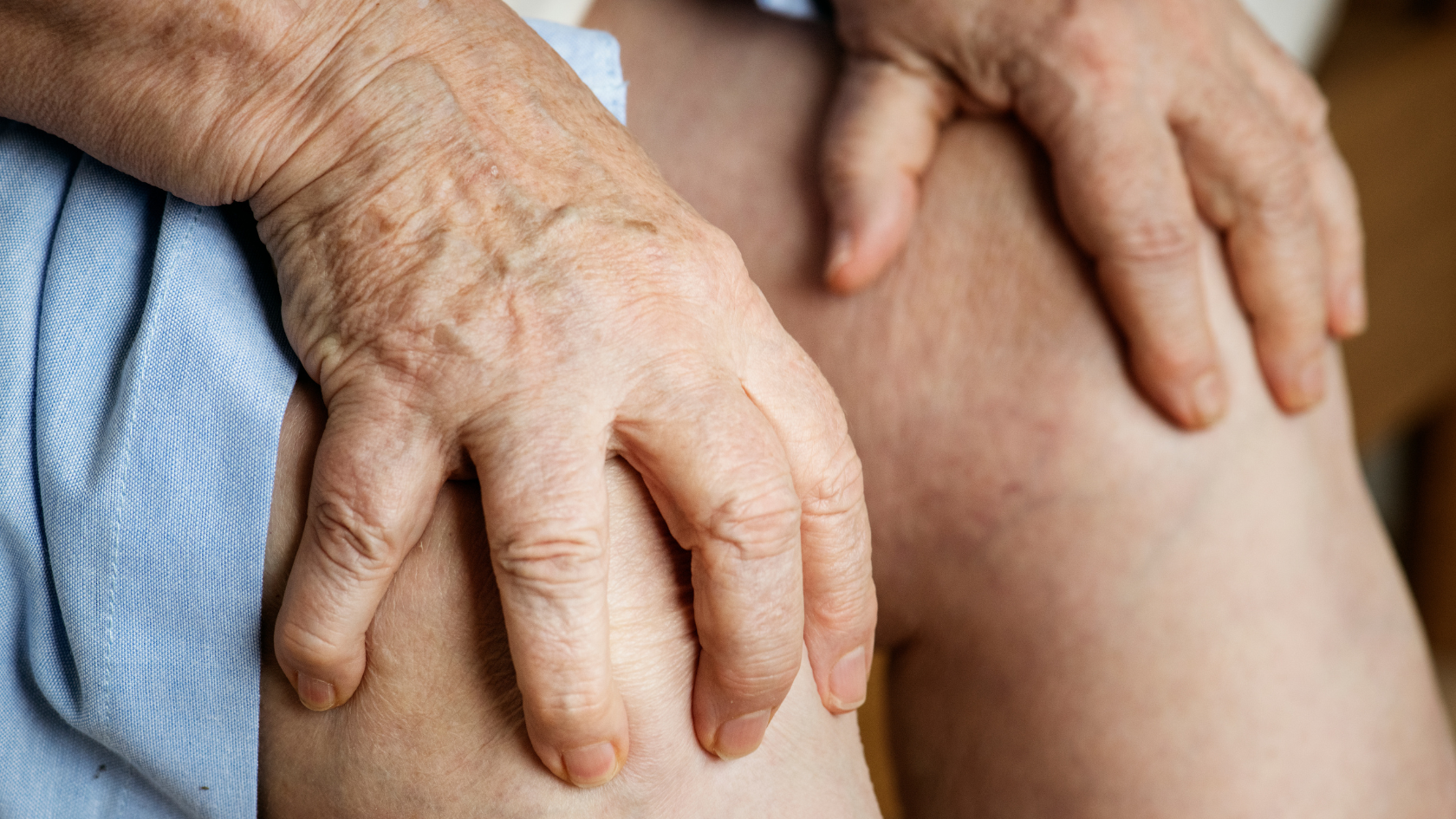Thrombophlebitis happens when a small blood clot irritates a surface-level vein, making the skin feel hot, red, and ropy. Even though the clot sits close to the surface, it can still hurt and scare you, especially if it appears near the IV line keeping your fluids or medicines flowing. The good news? Most cases clear up with fast care and simple habits you can do at home. In the next few minutes, you’ll learn why clots form, how to spot trouble early, and when to call your care team so the problem stays small and your recovery stays smooth.
Key Takeaways
- Thrombophlebitis is an inflamed surface vein with a small clot, causing heat, redness, tenderness, and a rope-like cord; distinct from deep vein thrombosis.
- Causes include catheter friction, harsh medications, or infection; risks rise with long sitting, varicose veins, pregnancy, hormones, cancer, inherited disorders, and older age.
- Watch for warmth, redness, pain, firm cord, mild swelling; seek evaluation if symptoms worsen or swelling increases; ultrasound helps rule out deeper clots when needed.
- Home care uses rest, ice, compression, and NSAIDs; clinicians may add topical heparin or diclofenac, or short anticoagulants when clots approach major junctions.
- Prevention matters: hand hygiene, chlorhexidine prep, secure lines, rotate IV sites every 72 hours, smaller catheters; plus walking, hydration, and compression based on provider guidance.
Table of Contents
Causes And Risk Factors
Thrombophlebitis starts with damage to a vein wall. A needle poke, an IV catheter that’s been in too long, or even a hard bump to your leg can rough up the inner lining. Your body rushes platelets to “patch” the hurt area, but the platelets may pile up into a clot. Over time, the clot triggers swelling, heat, and the firm cord you can feel under the skin.
Certain factors raise your odds. Sitting for hours on a long trip, having varicose veins, pregnancy, hormone therapy, cancer, or an inherited clotting disorder all make blood thicker or slower. That sluggish flow lets clots grow. Age matters too—people over sixty have veins that heal more slowly and valves that leak, adding to risk.
Catheter use is the number-one hospital cause. If an IV site isn’t rotated, or if strong medicines irritate the vein wall, inflammation sparks quickly. Nurses now follow strict “72-hour rotate” guidelines and flush lines with saline to lower this hazard, yet cases still show up daily. Being still after surgery can also lead to trouble.
The calf muscles act like a pump for leg veins; without movement, blood pools and thickens. That’s why you’ll see compression socks and early-walking orders on most post-op plans. Finally, infections change the game. If bacteria sneak in through a catheter or skin break, they can create septic thrombophlebitis, a clot plus infection.
This version spreads faster and always needs medical care, sometimes IV antibiotics, and occasionally clot-busting drugs.
Symptoms, Diagnosis, Treatment, And IV Therapy
Classic symptoms are easy to spot: warmth, redness, pain, and a thick cord that feels like a piece of cooked spaghetti under the skin. You might also notice mild swelling. Fever is rare unless infection joins the party. Doctors confirm the diagnosis mostly by looking and feeling, but an ultrasound can rule out a deeper clot if your leg looks very swollen or sore.
Home treatment focuses on three letters—R.I.C.: Rest, Ice, Compression. Rest keeps you from bumping the tender spot. Ice shrinks swelling. A stretchy compression wrap supports the vein and improves flow. Over-the-counter NSAIDs such as ibuprofen ease pain and quiet inflammation. Remember to ask your provider before taking any medicine, especially if you have stomach, kidney, or bleeding issues.
If the clot runs near the groin or behind the knee, doctors sometimes add a short course of low-dose anticoagulants (blood thinners) to keep it from marching into deeper veins. They may also prescribe a topical heparin or diclofenac gel. These medicines lower pain and speed healing without needing a pill.
For catheter-related cases, removal of the IV line is step one. The site is then cleaned, elevated, and monitored. If pus or high fever appears, cultures identify germs, and targeted antibiotics follow. Daily ultrasound checks make sure the clot isn’t growing. Most septic cases settle within a week when caught early. Prevention is simple yet powerful.
Rotate IV sites every 72 hours, flush lines before and after each medicine, and use the smallest catheter size that still meets therapy goals. At home, keep moving, calf raises while sitting, short walks every hour, and staying hydrated all thin the blood naturally. If you have a history of clots, tell your provider before any surgery or long trip so they can plan extra safeguards like compression stockings or preventive anticoagulants.
Keep Your Veins Happy—Stay Informed
Frequently Asked Questions
It’s an inflamed, surface-level vein with a small clot that causes pain, heat, and a rope-like feel under the skin.
No. Thrombophlebitis affects veins just under the skin, while DVT forms in deeper veins and carries a higher risk of lung embolism.
Yes. A cannula that stays in too long or strong medicines that irritate the vein can trigger a clot and inflammation.
Mild cases often improve in one week and fully resolve in three to four weeks with proper care.
Not always. Blood thinners are reserved for clots near major junctions or when the clot shows signs of spreading.
Rest the limb, apply ice for 15 minutes at a time, elevate, wear a light compression wrap, and stay hydrated.
If pain suddenly worsens, the redness spreads fast, your limb swells a lot, or you develop shortness of breath or chest pain.
Light walking is helpful, but avoid high-impact or heavy lifting until tenderness fades and your provider approves.
Most people heal without issues. A few may develop long-term vein discoloration or mild chronic swelling.
Keep active, avoid prolonged sitting, rotate IV sites if hospitalized, stay hydrated, and manage risk factors like smoking or hormone therapy.

